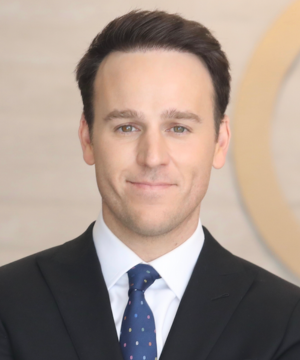Oncology
Locally Advanced Basal Cell Carcinoma
Basal Cell Carcinoma Diagnostic Workup
A patient with BCC may come in for a skin cancer screening or with a newer lesion that will not go away and bleeds, which is commonly referred to as a “pimple” by patients. Although such a lesion can occur anywhere on the body, it is most commonly found on the head or neck region. BCC often appears as nonhealing, bleeding papules, with color ranging from pearl to pink to skin color that may be slightly off compared with the color of the surrounding skin.
<br>
I use a dermatoscope during every skin cancer screening and when looking at skin lesions. There are various dermatoscopic patterns of BCC that can aid in making a diagnosis, so we can try to avoid biopsying benign lesions. Features that suggest that a lesion is likely to be BCC include ovoid pigment structures and spoke-wheel–like structures.
<br>
Sometimes it is hard to differentiate BCC and squamous cell carcinoma, and a dermal nevus can look slightly like BCC, particularly if the patient cannot confirm whether they have had it their whole life. Very rarely, amelanotic melanoma can also look like BCC. These are important reasons to do a biopsy to confirm the diagnosis. A shave biopsy can typically be used to diagnose BCC. It usually takes 3 to 5 business days to get the pathology results. If the results confirm the diagnosis of BCC, I engage in shared decision making with the patient to decide the best way to treat it.
<br>
I think that it is often difficult to disrupt and innovate in health care because there is some inertia, and it takes time. But I would love it if the field could get to a point where we do not have to perform a biopsy to make a diagnosis. There are some tools that have been in development for quite some time, such as reflectance confocal microscopy and optical coherence tomography. These are both noninvasive, high-resolution diagnostic imaging tools. However, several factors have slowed their development. The instruments are quite large and difficult to use, requiring a lot of training, and they do not have insurance reimbursement yet. There is still some work that needs to be put in to get these noninvasive diagnostic imaging tools into the standard of care, but they are what I am the most excited about.
Adan F, Nelemans PJ, Essers BAB, et al. Optical coherence tomography versus punch biopsy for diagnosis of basal cell carcinoma: a multicentre, randomised, non-inferiority trial. Lancet Oncol. 2022;23(8):1087-1096. doi:10.1016/S1470-2045(22)00347-3
<br>
Longo C, Guida S, Mirra M, et al. Dermatoscopy and reflectance confocal microscopy for basal cell carcinoma diagnosis and diagnosis prediction score: a prospective and multicenter study on 1005 lesions. J Am Acad Dermatol. 2024;90(5):994-1001. Published correction appears in J Am Acad Dermatol. 2024;91(3):618.
<br>
Stevens HP, Pampena R, Farnetani F, Pellacani G, Angus C, El-Jabbour JN. Reflectance confocal microscopy in diagnosing basal cell carcinoma in the UK: a prospective observational single-centre trial. Br J Dermatol. 2025;192(2):206-214. doi:10.1093/bjd/ljae356
<br>
Wojtowicz I, Żychowska M. Dermoscopy of basal cell carcinoma part 1: dermoscopic findings and diagnostic accuracy—a systematic literature review. Cancers (Basel). 2025;17(3):493. doi:10.3390/cancers17030493
<br>
Work Group, Invited Reviewers; Kim JYS, Kozlow JH, Mittal B, Moyer J, Olencki T, Rodgers P. Guidelines of care for the management of basal cell carcinoma. J Am Acad Dermatol. 2018;78(3):540-559. doi:10.1016/j.jaad.2017.10.006











